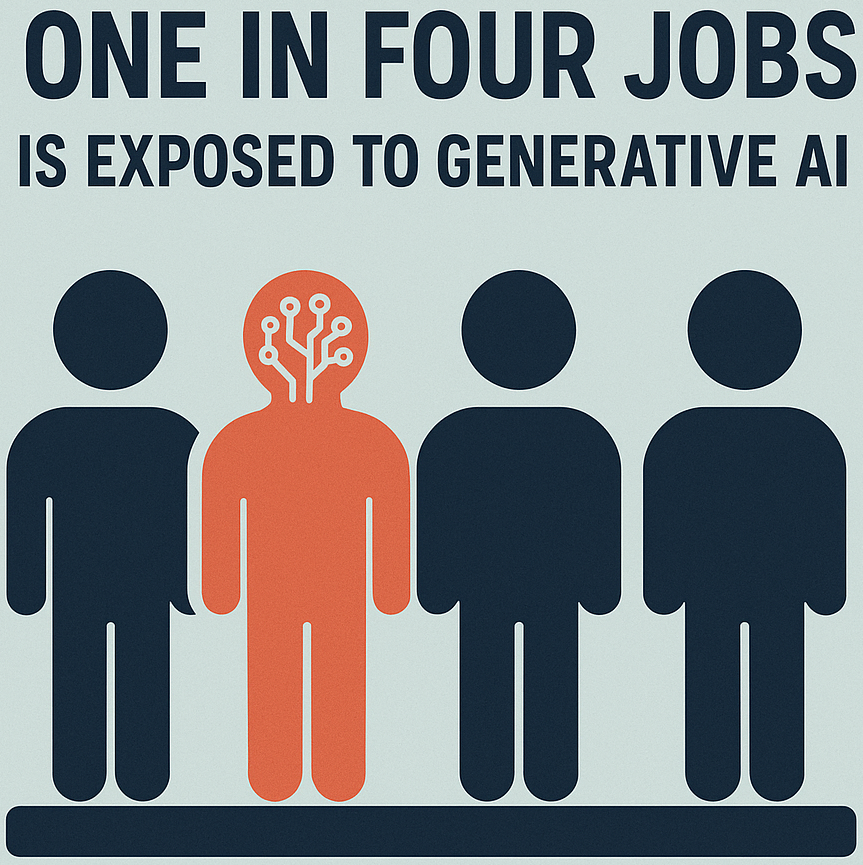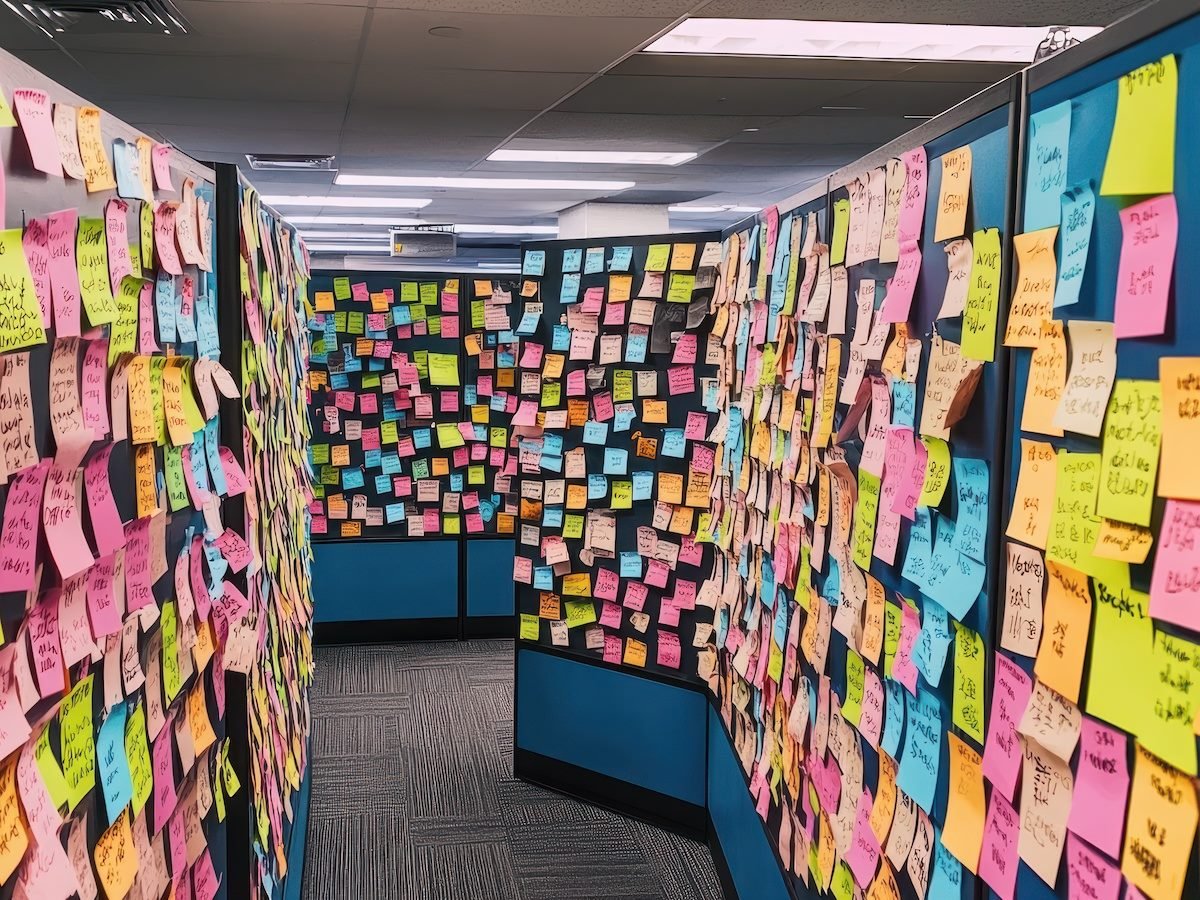Every week, I hear the same question: Is AI coming for our jobs? This narrative makes for compelling headlines and piques the interest of investors. However, in my experience, the real impact within organizations is quite different.
Roles will undoubtedly change, but they are not disappearing. In knowledge work, including internal communications, AI is more of an accelerator than a threat, reshaping how work gets done and opening new possibilities.
What’s most exciting is where AI is headed. We’re seeing it evolve from modern-day power tools — speeding up repetitive tasks — to becoming virtual teammates through agentic AI. That shift creates more space for strategic, creative work that drives business outcomes.
Why ‘AI Job Loss’ Headlines Miss the Bigger Picture

A joint study from the International Labour Organization (ILO) and Poland’s National Research Institute (NASK) found that one in four jobs is exposed to generative AI, but emphasized that “transformation, not replacement, is the most likely outcome.”
Flipping the "AI will replace jobs" narrative presents an opportunity for business leaders. Instead of focusing on headcount risk, organizations can invest in how internal communications amplifies AI’s benefits. Comms becomes the bridge that explains the shift, reduces uncertainty and reinforces trust across the organization.
Related Article: Meet Your New Digital Coworker: The AI-Powered Intranet
AI as a Power Tool: Driving Growth, Not Layoffs
The analogy I use is a carpenter with a power drill. The craft is still theirs, the tool just makes it faster.
When power tools first entered the construction industry, the time required to build a new home dropped significantly, in some cases from many months to just a few weeks. More output created more demand, which in turn created more jobs, from suppliers and inspectors to designers and decorators. Entire industries expanded in response to that surge in capacity.
I predict that AI follows the same pattern. By shortening the “build time” for knowledge work, organizations will take on more projects, serve more customers and grow faster. As the business expands, it creates more opportunities for employees.
When it comes to enterprise AI, we often hear about the cost-savings potential (a benefit that shouldn’t be overlooked). But the real power comes when those savings are compounded with professional development and exponential revenue growth.
Agentic AI: From Tool to Teammate
Let’s take the metaphor one step further. AI is a tool, but agentic AI becomes a teammate.
A chatbot provides a single response and waits for the next prompt. An AI agent, by contrast, has memory, context and the ability to work on your behalf. For internal comms professionals, this shift is significant. Agents can take on routine tasks, lightening the cognitive load of juggling many responsibilities.
Why Agentic AI Makes Adoption Easier
There is always a transition period with new technology, but agentic AI makes that ramp shorter. Instead of learning a new tool from scratch, working with agents is more like learning how to communicate with a new teammate.
Collaborating with AI agents enhances human expertise, allowing professionals to work more efficiently and boost productivity by providing complementary skills. For internal communications, this means that you don’t have to be an expert in strategy, copywriting, analytics or coding — your AI teammates can assist with those tasks.
The bigger shift is getting comfortable with delegation. We’ve grown accustomed to self-service tools, but agents invite us to hand off tasks and trust them to carry work forward. Early interactions may feel different, but the learning curve flattens quickly.
How AI Expands Human Potential at Work
When deployed well, AI acts as a capacity multiplier and role shaper. The WEF’s 2025 labour outlook via IEDC projects 69 million new jobs by 2028 in areas such as:
- Creative thinking
- Analysis
- AI development
A 2025 McKinsey report also shows that organizations already adopting AI see cost savings and revenue gains, though only after redesigning workflows and setting governance.
For internal comms, this means scaling reach and improving relevance, not necessarily trimming teams. AI can handle first-pass messaging, analyze engagement data and automate routine reporting. This frees communicators to focus on higher-value contributions — strategy, storytelling and culture building. What once required teams bogged down in repetitive work now evolves into roles that directly shape clarity and alignment across the enterprise.
Related Article: Trusting AI Agents at Work: What Employees Really Want
Comms Teams as Culture Shapers in the Age of AI
AI adoption is not just a technology rollout; it is a cultural transformation. Internal communications will be pivotal in guiding employees through that change, from explaining benefits and addressing concerns to amplifying success stories that build confidence.
Next time you see a headline about AI replacing jobs, remember: power tool, not pink slip — and now, a teammate, not a threat. Agentic AI enhances business efficiency while also expanding career opportunities, fostering an environment where organizations and employees grow stronger together.
Learn how you can join our contributor community.
